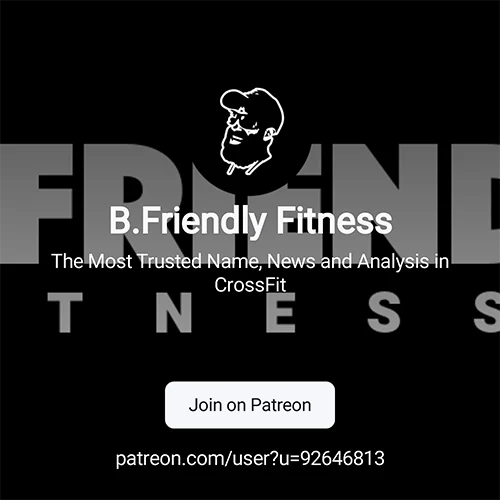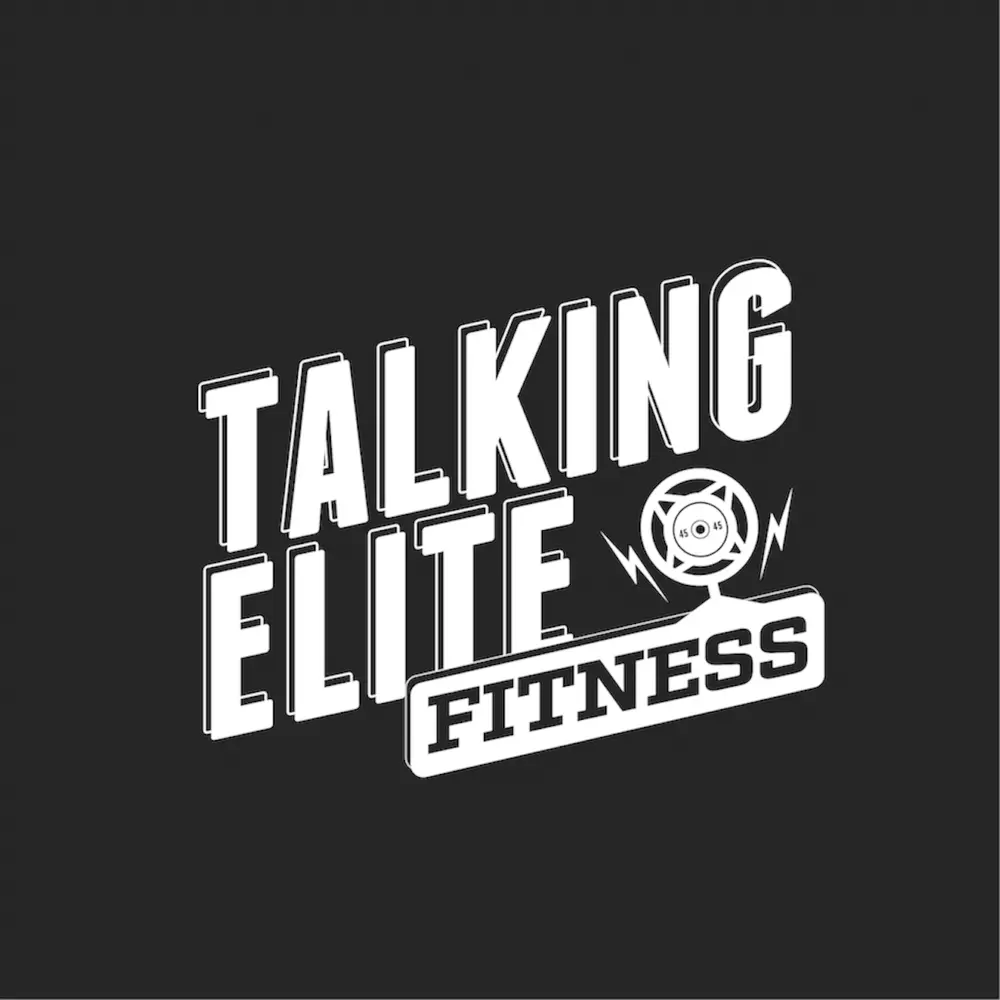Research: Mike Halpin
Image Credit: Athlete’s Eye
On Wednesday, May 10 the leaderboard for the Age Group Semifinals was finalized. With that conclusion, it wrapped up three separate and distinct online stages of competition for those divisions. The question we’re after today is whether or not three online stages are necessary for the Age Group divisions? And to answer the question, we will turn to the data.
Quarterfinals Versus Semifinals
In total, there are 18 age group divisions (14 Masters and 4 Teenage), each division qualifies 10 athletes to the Games this season. In total, 180 masters and teenage athletes have officially qualified for the Games. We will start with the big picture numbers:
- 55 of the 90 men and 56 of the 90 women who were top-10 after Semifinals were also top-10 after Quarterfinals
- In other words, 62% of the Games qualifiers were in a qualifying position after Quarterfinals
- An additional 20 men and 15 women were in spots 11-15 following Quarterfinals
- That’s nearly another 20% of Games qualifiers who were right on the doorstep of qualifying through Quarterfinals (and remember some of those were quite large competitive fields)
- All told, 146 of the 180 Age Group Games Qualifiers (81%) were already in the top 15 of their division through Quarterfinals.
We will stray from the numbers here for this comment, basically the best are the best and the variance in those last couple bubble spots likely comes down to programming choices rather than overall fitness when assessing the athletes who were in the top-10 for Semifinals and not Quarterfinals or the other way around. Changing out just one test in a five or six test competition will cause a change on the cutline in any division. There’s nothing wrong with that by the way, that’s the nature of the CrossFit Games season. I don’t know that we necessarily need both stages for the Age Groups though. It feels like a viable Games field would have emerged from either test on their own.
Open Versus Semifinals
Going all the way back to the Open and looking at the 180 athletes who made the CrossFit Games, we find some equally insightful data:
- 68 of the 90 (76%) qualifying men finished inside the top-30 (the number per division which qualifies for Semifinals via Quarterfinals) in the Open
- Half of those who did not were in two divisions (Men 35-39 and 40-44)
- 75 of the 90 (83%) qualifying women finished inside the top-30 in the Open
- Half of those who did not were in two divisions (Women 40-44 and 45-49)
The fact that there is the most turnover in the most popular (in terms of registration/participation) divisions is not surprising. We already know there’s a case to be made for more Games spots in some of those divisions, which would account for some of the parity near the current cut lines and allow for those athletes to compete for those spots at the Games in a slightly larger field.
Two Critical Factors
There are two key factors to take into account when asking a question like this.
On the side of the athlete the question is: Is it in the best interest of masters athletes to compete online three different times in two months? (This could be a different answer depending on age. The range of ages addressed in this article is 13 to 69).
On the side of the competition the question is: From a financial standpoint how beneficial is that extra stage?
We don’t want to neglect the fact that CrossFit puts these competitions on, and that with every stage they are both taking in, and spending, money. However, there are other solutions that could be put on the table which could potentially achieve several things:
- Decrease the overall stress on the body the masters athletes have to endure just to make the Games. That in turn potentially leads to better performances throughout the season as their bodies are healthier.
- Decrease the stress on the online review team by eliminating an extra stage of time demanding review.
- Charge a higher price for fewer competitions to potentially offset the difference in cost.
- Guarantee a higher level of review process by narrowing the focus to fewer stages, charging more for that combined stage, and allocating resources accordingly to achieve that.
Fun Facts
Since Halpin did some nice research on this, we’ll share some of the fun stats that we found thanks to his work:
- Four athletes, Kevin Koester (M50-54), Stuart Swanson (M60-64), Pauline Sciascia (W65+) and Mario Granizo (G14-15), finished 1st in all three online stages (Open, Quarters, Semis).
- 8 of the 18 divisions had exactly 6 of the 10 Games qualifiers after Semis also within the top 10 after Quarters.
- Three divisions, Men’s 45-49, Men’s 50-54, Girls 17-18, had 8 out of the top 10 the same in Semis as Quarters; the most of all divisions.
- The only division to have less than half of the same top 10 finishers in Quarters and Semis was the Men’s 55-59 year old division (they only had 3).
- There were only 4 total athletes outside the top 100, and only; one outside the top 200, in their Open division who ended up making the Games:
- Frederik Aegidius M35-39: 479th in Open, 8th in QFs, 7th in SFs
- Chico Quesada M40-44: 135th in Open, 3rd in QFs, 6th in SFs
- Roy Viger M40-44: 195th in Open, 23rd in QFs, 10th in SFs
- Kelly Abney W40-44: 127th in Open, 11th in QFs, 8th in SFs
- Once again the outliers are all coming from what we know are the most competitive divisions
If you have an opinion on the matter, think we are missing something, or are interested in more of the data we collected, let us know! Always open to other ideas, questions, and conversations!





What do you think?
Show comments / Leave a comment